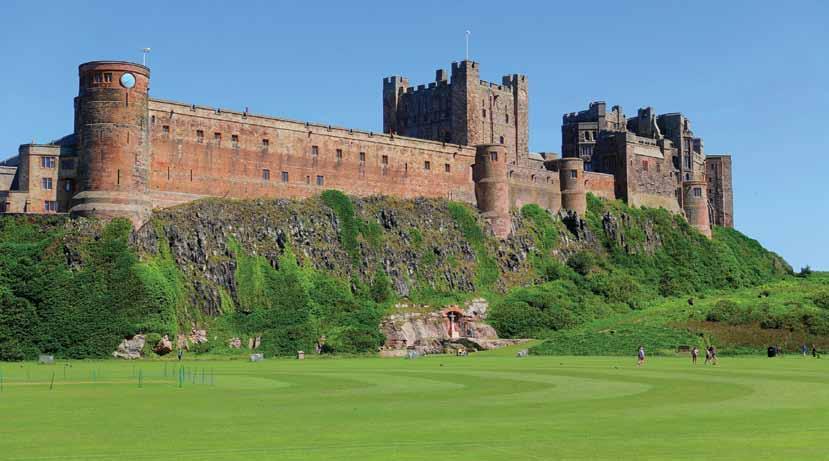
7 minute read
Footloose in Northumberland
By Debra Rixon
Ithink every county in England has something of interest, history and beauty but I have to say, I’m putting Northumberland near the top. We packed up our 1969 Airstream trailer and set off from the Chiltern Hills for the north, stopping one night at Knaresborough on a small campsite that only had 5 pitches. I know it’s hard to believe, but there is something therapeutic about driving in the slow lane of the motorway; not much lane changing unless there is a lorry travelling slower than you are, and you can look out the window and watch the scenery instead of constantly checking your mirrors for other drivers. After Newcastle we left the super highways behind and made our way through green and agricultural fields towards the coast, and a small farm site of 8 pitches within sight of Bamburgh Castle and the dunes. Bamburgh is breathtaking as you drive down through the main street to the coast road – it rises up in front of you, dominating the coastline. It’s a fabulous visit, not as historic as Alnwick, but less commercial and the views from the battlements are to die for. There is a permanent Saxon settlement within the castle ward, and it is of course, Bebbanburgh of the acclaimed tv series The Last Kingdom. The beaches below the castle are pristine and in June, more or less deserted – locals told us that was pretty normal – and stretch for miles. To the north is the distinctive outline of the Holy Island of Lindisfarne; to the south are the Farne Islands, havens for nesting birds and seals.
Advertisement
Lindisfarne is magical for some, and very tranquil as visitor numbers are limited to the tides, which cut off access via the causeway. What I found so appealing about the island is that it is a living community beside such an ancient and revered monument – the ruins of St Cutherbert’s Priory at one end of the island, and the not so ancient castle across a bay. The Pilgrims’ route is still marked with tall poles across the mud flats for those who wish to walk across.
We took a boat trip to the Farne Islands – something I would normally require a strong inducement for – and felt that it was a highlight of our entire trip. I could understand every word from the knowledgeable Geordie captain, and his seamanship was superb as he manoeuvred that boat into narrow lanes between the rocks so that we could actually see the chicks in the nests of the birds, and admire the seals. On the cruise back to Seahouses, our sharp eyed skipper spotted a pod of dolphins and we had the delight of ‘dancing’ with the dolphins as he moved the boat to follow their antics.
Seahouses is a busy small resort and has a charming habit of building amphitheatre-style seating around the fishing harbour where you can sit to eat your fish and chips from the vending stand, or wait for your boat trip, or just sit and watch the activity in the port. Sadly, there is nothing else of note at Seahouses.
Down the coast is Craster, another little fishing village but with far more charm, and the added bonus of the dramatic ruins of Dunstanburgh Castle, a pleasant level walk from the harbour where the sheep and cattle regularly manage to get themselves down onto the flat rocks. Craster is also home to the legendary Craster Kippers which are truly delicious and fresh, which makes all the
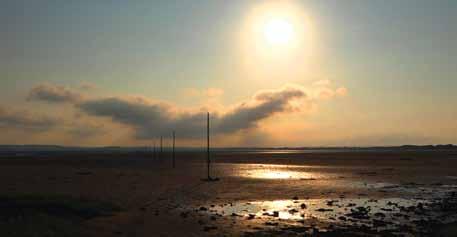
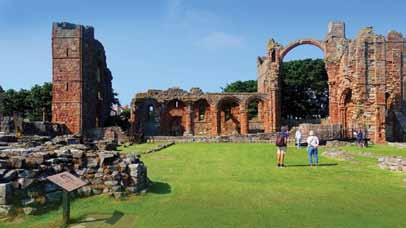
difference. Craster is also a good base for visiting Alnwick, Bamburgh and Warkworth castles.
We headed away from the coast inland to visit Cragside, the mostly Victorian home of Lord Armstrong of Armstrong-Whitley engine fame. The landscape changes from the arable to moor as you drive towards the Northumberland National Park. An engineer to the core, Lord Armstrong conceived the idea of building a house where a house shouldn’t be built, literally on a cragside so he could harness the plentiful flowing water to produce hydroelectricity for the house – the first to be supplied electricity in the world. The house and gardens are a full day’s visit, a fascinating memorial to a true pioneer, and Lord Armstrong was also the owner of Bamburgh Castle, which he simply restored rather than modernised.
Alnwick of course is impressive, and has been adapted and altered over the centuries. It’s also recognisable to millions of fans of Harry Potter as Hogwarts, and a popular venue for other films and tv programmes. The Alnwick Gardens are almost a separate visitor attraction, and in these challenging times, requires pre-booking for your visit.
A trip to Northumberland wouldn’t be complete without a visit to Hadrian’s Wall, and we drove the main road (A69) to Carlisle to reach a particular spot we wanted to see again – Vindolanda. It is an amazing, ongoing archaeological site of importance, and well served with a hidden cafe and museum, one mile south of the Wall. We left our car at The Sill, National Landscape Discover Centre at the hamlet of Once Brewed, and then crossed the road to head up to Steel Rigg and walk a stretch of the wall towards the famous Sycamore Tree gap. It was more of a climb than a walk; up rough stone ‘stairs’ and down the same, following the natural landscape – it’s when you are standing on top of one of these ridges that you really appreciate the effort involved in creating this defensive structure – and that’s an understatement! We spent longer than planned on our ‘walk’, and on the return journey dropped into Hexham to find something to eat.
Hexham has an interesting medieval Abbey, and clustered around its market place are Victorian buildings and the old Gaol museum, with quite a variety of independent shops. I particularly liked the Forum, a fabulous Art Deco cinema since 1937.
We’d visited Newcastle before, so didn’t include it on our trip, but it is well worth a visit for a couple of days as it borders Northumberland. It’s a vibrant city, with great riverside venues, and the Castle is an interesting attraction, not least because the Victorians put a railway through the site, and to see an Intercity train coming towards you from one of the castle windows is not something you see every day. The Castle is a grim symbol of Royal Authority, much larger inside than it looks.
Another great defensive town is Berwick on Tweed; walking the remaining ramparts gives you such an insight into ‘life on the edge’ as border skirmishes were a way of life, and the town has a nice blend of the old and the new, boasting three bridges crossing the river. Northumberland has more castles than any other county as befits a border country, but is also one of the most unspoiled and unpopulated parts of the northeast. Its stunning coastline and landscape take some beating, and for me, it should be on everyone’s holiday list!
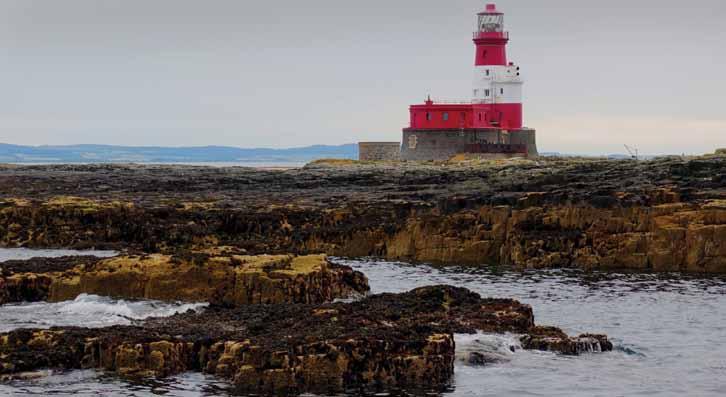
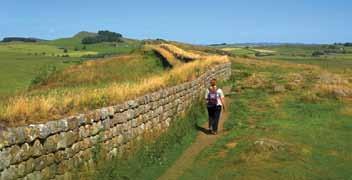
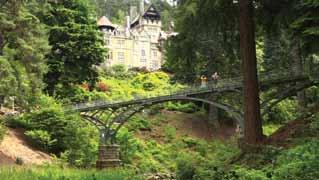
Cragside Berwick
Coastline Footloose in Northumberland
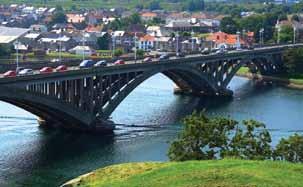
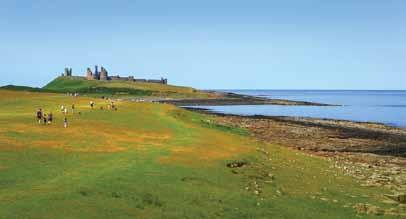
If we don’t, who will?

You and I know what it’s like to try and navigate the healthcare system to get the help we need for our loved ones. We’ve lived through the anger and frustration. And we don’t want other families to have to face it alone. We know that mental illness isn’t necessarily a popular cause. So because of those we’ve lost. And because of those we’ve saved, it’s down to us. We can change how mental illness is treated, by leaving a legacy to Rethink Mental Illness. Rethink Mental Illness help stop people with mental illness falling through the gaps in the system, but they rely on gifts in wills to fund their Advice and Information Service, peer support groups and campaigning work.
If you’d like a little more information first, visit rethink.org/wewill to request a free guide or call Dan Walshe on 020 7840 3032.
Leave a legacy to change how mental illness is treated
Rethink Mental Illness is a charity that believes a better life is possible for the millions of people affected by mental Illness. For almost 50 years they have brought people together to support each other through their services, groups and campaign.
Rethink Mental Illness Registered Office 89 Albert Embankment London SE1 7TP United Kingdom email: info@rethink.org Registered in England Number 1227970. Registered Charity Number 271028











